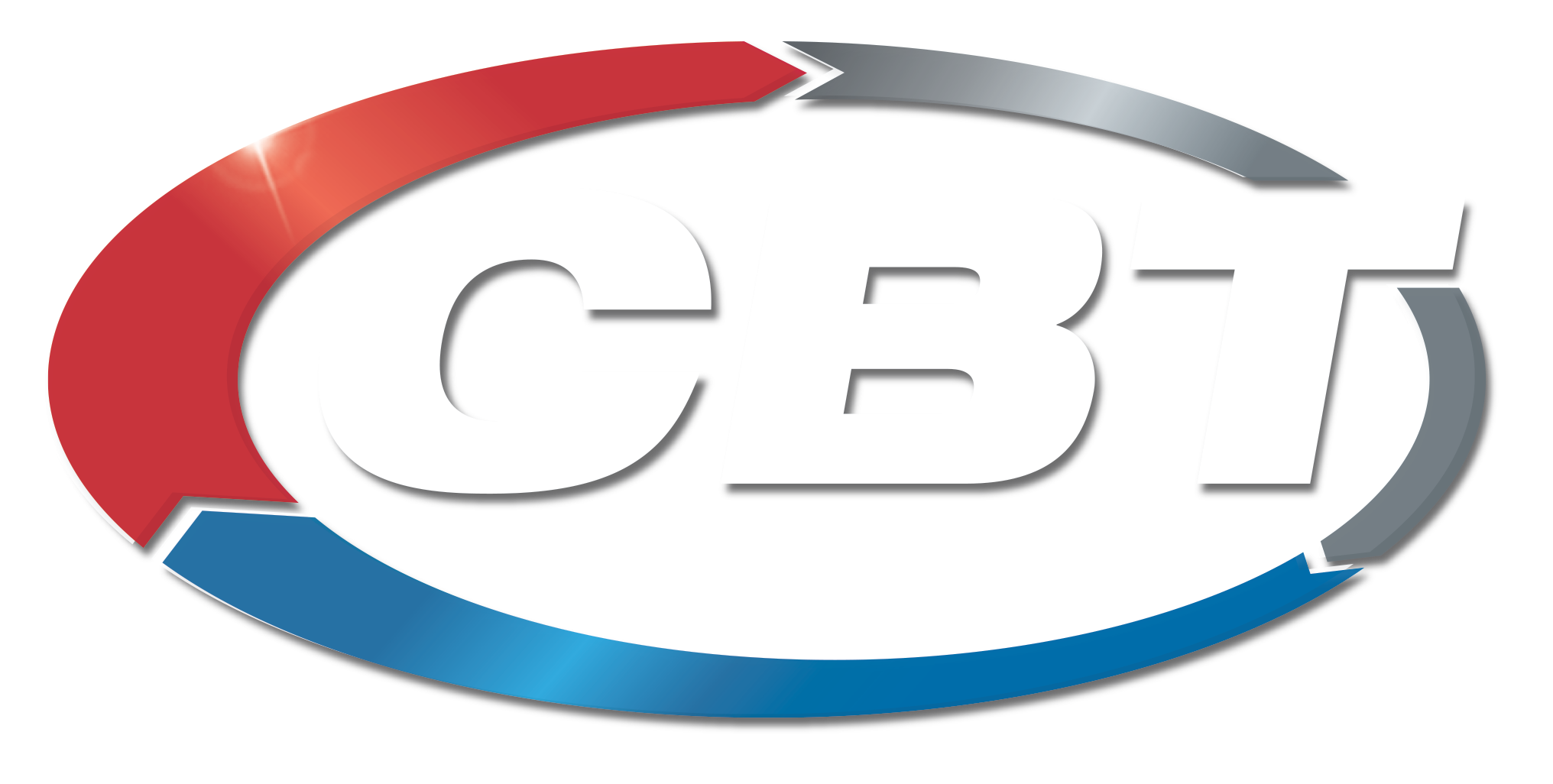The Past
Belting Specialist Ed Rust says belting has undergone significant changes since the 1980s. At that time in the industry, solving a customer’s issue didn’t have a precise or easy solution.
“It was the Wild West,” he says. “We had customers and a group of sales guys looking for whatever they could find daily, and we had to figure out how to take care of it.”
Belting companies would also award exclusive partnerships for companies to be their distributors in certain regions.
“That’s how the belting world was set up. People fought to be the Goodyear person or the Uniroyal person or whatever it was. It’s no longer that way,” Rust says.
The sectors predominantly using leather belts were printing, canning, and automotive. Cotton belting was phased out for thinner, denser, plastic European-styled belts with better durability.
“Those belts ran better. They tracked better,” Rust says. “They changed the way bottles and cans were handled. They changed things in food and beverage.”
Tom Nieman, who began his career at CBT in 2004, says that during this decade there was an essential change in the belting industry. “Plastic modular belting was quickly gaining popularity,” Nieman says. “The future was this modular plastic belt because you could clean it. It was hygienic. You could repair it.”
What was deemed the standards in hygienic design has also shifted.
“White was your color,” Rust says, referencing blue belts now being used for food. “Back in the day, everything was cotton based. Cotton was a neutral fiber. You could eat cotton, and it wouldn’t kill you.”
The Present
Today, belting has branched off into several different avenues, and is focused on moving large quantities of freight that can withstand the demands of continuous work. Specialist Crystal Macklin says the primary objective for companies now is speed and volume.
Macklin comments, “One of the biggest trends I am seeing is the need to move things faster and at a higher volume. There is a renewed focus toward belts that are more durable, have a longer lifespan, or are created to be more abrasion resistant.”
One of the most significant changes is workplace safety. Rust says working in hazardous conditions was prevalent in the past, when compared to today.
“For the betterment of the industry, workplace safety regulations have continued to become more strict.”
Safety on the line also continues to become more stringent. The methods of scanning for contaminates in the food and beverage industry continue to evolve.
“Some methods use vision systems that look for contaminants, some of them use X-ray, and some of them use metal detection,” she says. “At this point, every American food manufacturer has metal detection safety measures in place before the packaging line.”
Many manufacturers are also understanding the importance of stocking spares in the wake of longer and varied lead times as a result of the COVID-19 pandemic.
“So now you’re starting to see customers reconsider having a spare,” Macklin says.
Even though the belting industry is constantly evolving, CBT continues to be the belting partner of choice. Why? Nieman explains it’s because belting isn’t just about belts anymore. It’s about working with other manufacturers to determine who will provide the best solution for the customer.
“It’s the peripheral items. Who has the pulleys? Who has the sprocket?” Nieman says. CBT does.
The Future
While no one can predict the future with certainty, each Specialist pointed to current trends to depict where they see the industry going.
Macklin predicts an increased industry demand for longer belt life and ease of installation.
“I think we’re going to see increasing pressure to have belts that last longer and are more durable, especially in fabric belting,” she says.
As for the difficulty of meeting that pressure, she says, “There are a multitude of factors that affect the life of a belt, that are unrelated to the belt. Everything from temperature, speed, and tension. Sometimes the perfect belt ‘on paper’ doesn’t work. That’s where I come in. By understanding my customers’ processes, we can work together to maximize belt life on their plant floor.”
Patrick Kesner, Belting Specialist, says he sees a belting and conveyor future with sophisticated and advanced technology such as ModSort®, a type of conveyor sortation module by Regal Rexnord, or Ziplink®, a type of belting design that eliminates weak points.
“There will always be a need for standard everyday conveyor belting. The future is improving the standard belt with innovations like Ziplink® or smart conveyors like ModSort®,” Kesner says.
Rust predicts there will be a renewed focus on individual, specialized services. As national manufacturers consolidate their product offerings into leaner, standardized lines, regional and local customers will begin to lean on area distributors for expertise and relationships, he notes.
“We try to be as creative as possible when problem solving, and draw upon things where we can find them. Items can still be found, it’s just a lot harder. But that’s what CBT is best at – finding products our customers need when others cannot,” he says. Nieman agreed.
“Our customers need more help,” he says, “because they are trying to do more with less. We have to be available. We have to be flexible. You have to be willing to say ‘yes’ in some situations you may not have in the past.”
Specialist’s Personal Accomplishments
Tom Nieman
“I like that there are customers who call me 24/7/365. I get calls on my cell phone at all hours, and I appreciate that – that someone picks up the phone at midnight and trusts me to fix their problem.”
Patrick Kesner
“The most fulfilling part of my job is helping a customer get their plant up and running in a down situation.”
Crystal Macklin
“Building a reputation with customers is a daily personal accomplishment. Being someone they can turn to for problem-solving is very important to me.”
Ed Rust
“I’m still doing this 37 years later and every day there are problems to solve. Customers still have needs. There is still something new to learn every day.”












